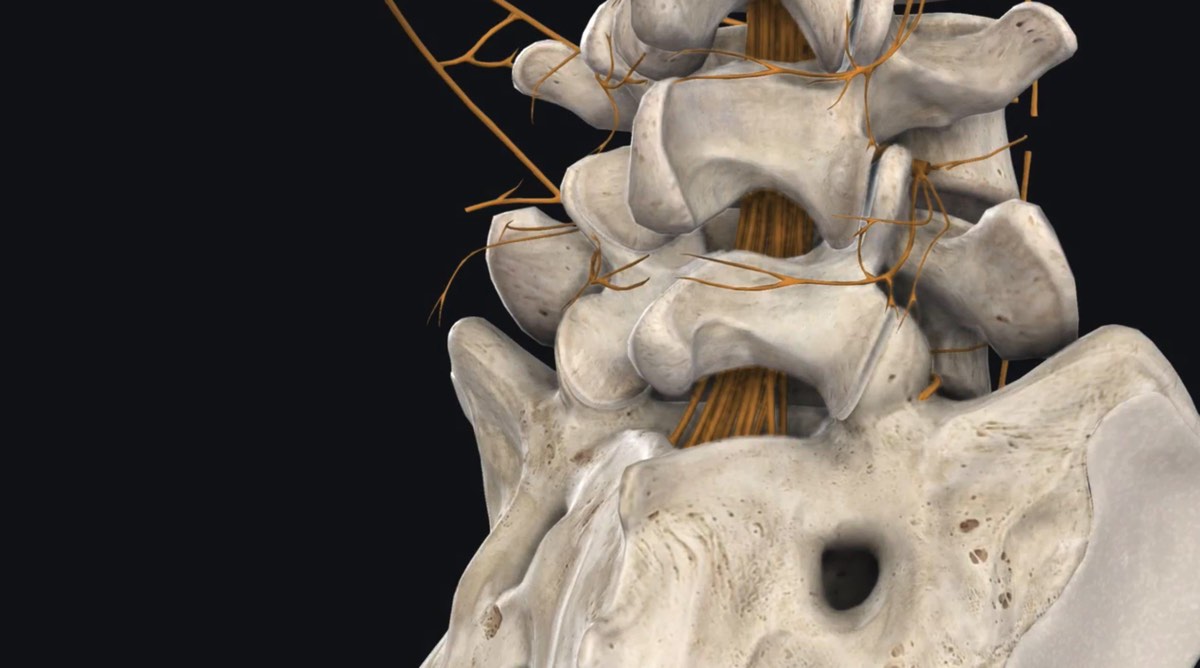The Anesthesiology Channel
NEW YORK (Reuters Health) – Nail bed hemorrhage may serve as a clinical marker of optic disc hemorrhage in patients with glaucoma, researchers from South Korea report in the October Archives of Ophthalmology.
Nailfold capillaroscopy is a simple, safe, noninvasive, and inexpensive technique for studying the microcirculation in vivo. In ophthalmology, it has been used to assess vasospasm in patients with glaucoma and to identify systemic involvement in patients with familial retinal arterial tortuosity.
Dr. Hae-Young Lopilly Park and colleagues from Seoul St. Mary’s Hospital, The Catholic University of Korea, Seoul, South Korea examined the characteristics and prevalence of nailfold capillary changes in 108 patients with glaucoma (and 38 controls) and analyzed their possible relationship to other clinical characteristics of glaucoma.
Nailfold capillaroscopy showed dilated and tortuous vessels in 60 patients (55.6%) and 20 controls (52.6%)(P=0.24), loss of capillaries and avascular areas in 38 patients (35.2%) and 9 controls (23.7%)(P=0.13), and nail bed hemorrhages in 21 patients (19.4%) and 1 control (2.6%)(P=0.007).
Among glaucoma patients, disc hemorrhage was significantly associated with avascular area and nail bed hemorrhage, but only nail bed hemorrhage was associated with disc hemorrhage in age/sex/intraocular pressure-adjusted logistic regression.
Retinal nerve fiber layer defect was also significantly associated with avascular area in the glaucoma group.
These associations did not differ significantly between the subgroups of patients with primary open-angle glaucoma and patients with normal tension glaucoma.
“These results are consistent with reports that the peripheral microcirculation in glaucoma patients is abnormal,” the researchers note.
“Nailfold capillaroscopy may provide valuable information about glaucoma patients and identify patients who are more vulnerable to vascular insufficiency,” the investigators conclude.
“Further investigations should examine ways to use nailfold capillaroscopy to predict the presence of optic disc hemorrhage, which may have prognostic importance,” they add. “In the future, it may be possible to distinguish among patients with and without vascular abnormalities using techniques like nailfold capillaroscopy, thus opening up new diagnostic and therapeutic options for our glaucoma patients.”
Reference:Nail Bed Hemorrhage – A Clinical Marker of Optic Disc Hemorrhage in Patients With Glaucoma
Arch Ophthalmol 2011;129:1299-1304.









